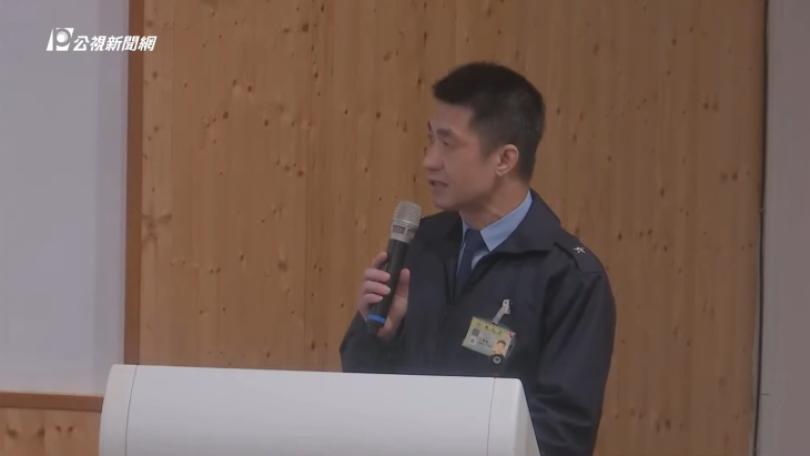Central Geological Survey Discovers Three New Active Faults 地調所再發現3條活動斷層 全台增至36條

The Central Geological Survey has announced three previously undiscovered faults in, respectively, Nantou, Tainan and Kaohsiung. At present count, there are 36 active faults in Taiwan. Experts say the government needs to be more proactive about seismic safety and disaster prevention.
The Central Geological Survey (CGS) recently announced three previously undiscovered active faults in Taiwan, including two Type 2 faults, "Chusiang" north of Nantou's Jiji weir and "Kouhsiaoli" near Tainan's Yujing, that have been active within the last 100,000 years; and a Type 1 fault, Chegualin in Kaohsiung's Ciaotou, that has been active within the last 10,000 years.
Wang Yun-shuen, Acting Director, Central Geological Survey: “The main purpose of this announcement is to recommend that if there are some structures nearby the faults, the basic construction should be strengthened and seismic coefficient should also be raised.”
The Chegualin fault lies close to high-speed rail tracks and Ciaotou Science Park. The CGS says it announced the discoveries so that affected areas can raise their seismic coefficient. One expert says there is aseismic creep along Chegualin every year and cracks could start appearing in science park plants within four or five years.
Chen Wen-shan, Geoscience Professor, National Taiwan University: “The Chegualin fault goes through Ciaotou Science Park. Therefore, plant facilities must be designed to account for this active fault, and then adjustments made.”
The expert says there is a high direct correlation between fault lines and earthquake risk. While earthquakes can't be predicted, national land planning can mitigate risk and damage along fault lines. Citing the example of the Yilan high-speed rail route crossing the Jiaoxi and Zhuoshui faults, the expert says the government should keep fault data updated and be more proactive on this front.
經濟部中央地質調查所根據最新調查資料,更新全台活動斷層資訊,新增包括10萬年內有活動紀錄的兩條第二類斷層,分別為位在南投集集以北攔河堰的初鄉斷層,以及台南玉井附近的口宵里斷層。另外也新增一條第一類斷層,為一萬年內有活動紀錄的車瓜林斷層,位在高雄橋頭。
經濟部中央地質調調查所代所長王詠絢說明:「我們公布這個最主要目的,還是建議附近如果有一些建設的話,那麼就是強化你的基礎工程,然後提高耐震係數。」
車瓜林斷層因鄰近高鐵路線,附近又有高雄市重點發展的橋頭科學園區,備受關注。地調所表示,公布資訊可以讓相關區域加強建築的耐震係數,學者則分析,車瓜林斷層是每年都在移動的「潛移斷層」,若是廠房跨過斷層,不出4、5年就會有龜裂可能。
台大地質系教授陳文山指出:「目前他劃設裡面的車瓜林斷層,就是經過橋頭科學園區,那所以他在這將來科學園區裡面廠房各方面配置上來講,他就必須要依照這個活動斷層,劃設完了之後他去做調整。」
學者認為,斷層與地震風險有高度正相關,雖然地震無法預測,仍可以透過國土規劃避免斷層帶上產生危害。例如正在規劃中的高鐵宜蘭行經路段,就跨越宜蘭礁溪與濁水斷層,這些科學界已有研究的斷層,卻還未列入地調所資料,呼籲政府部門加快腳步。













